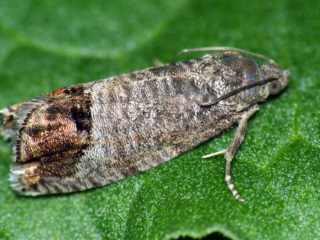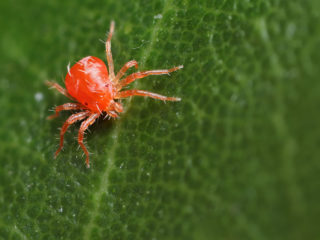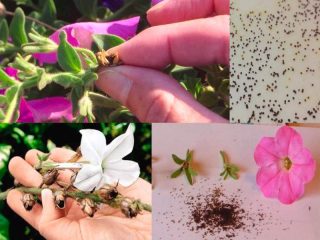Content
Often, flower growers notice that the leaves of petunia seedlings are curling. However, their color does not change. This is a sign that the plant is under stress. It is necessary to establish the reasons as soon as possible and take urgent measures.
Why do petunia seedlings curl leaves
There are several factors causing this phenomenon - non-compliance with the rules and various diseases. The fact is that the seeds of petunias are sown very early - in January or February. This is not the most favorable time for growing seedlings in a city apartment. Winter is characterized by short daylight hours. In addition, during the heating season, the air in apartments is characterized by low humidity - less than 50%.
Insufficient lighting
Even on the windowsills on the south side, there is little light on the seedlings at this time of year. For its full growth and development, the duration of the light period should be at least 10 hours a day. In insufficient light, the leaves of petunia seedlings curl downward. The situation is aggravated if they use places far from the window for cultivation. The situation is worsened by cloudy winter days, when even during daylight hours there is not enough lighting.
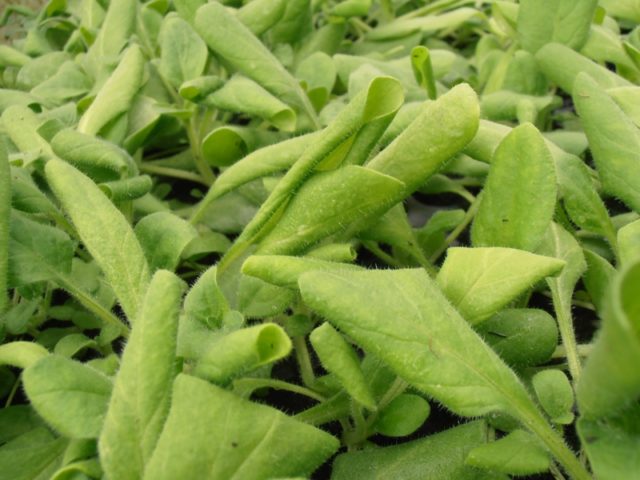
So that the leaves of petunia seedlings do not curl, you can put wide bowls of water nearby
Insufficient air humidity
Low indoor humidity can cause petunia leaves to curl. Hot batteries are known to significantly lower ambient humidity. Since the heating season is in full swing in winter, the lack of moisture in the air has a detrimental effect on young plants.
Violation of the water regime
Foliage curling is observed when irrigation conditions are violated. The reason for this phenomenon can be both excess moisture and its lack. Seedlings are watered every 2-4 days. The signal for moisture replenishment is the drying out of the top layer of the soil. Water is taken at room temperature. They moisten the soil, try to prevent water from getting on the leaves and stems. Excessive watering is detrimental to the plant. With high soil moisture, the seedling runs the risk of dying from a black leg.
Abundant irrigation after a drought is especially dangerous. If for some reason the plant has not been watered for several days and the earthy lump has dried up, the soil should be moistened in small portions, gradually restoring the optimal water regime.
Excess nitrogen in the soil
Nitrogen influences the increase in green mass. If there is too much of it in the soil for seedlings, the leaves will develop intensively. The vein located in the center lags somewhat behind. Over time, the leaves become uneven, the edges begin to turn up, down or to the sides.
Lack of micronutrients
It is noticed that with a calcium deficiency, the leaves of young petunias curl upward, with phosphorus starvation, a lack of sulfur or boron - downward. If there is not enough copper, the side edges of the sheet are folded down.
Viral diseases
The most dangerous cause is viral infections. Infection can occur through soil or seeds. Seedlings can be infected with tobacco and cucumber mosaic viruses.With the first disease, the edge of the leaf plate is twisted upward, covered with necrotic whitish or gray spots and strokes, and gradually dries up. With the second infection, waviness appears along the edge of the leaf, yellowish spots are formed on it. Infection with viruses can kill seedlings.
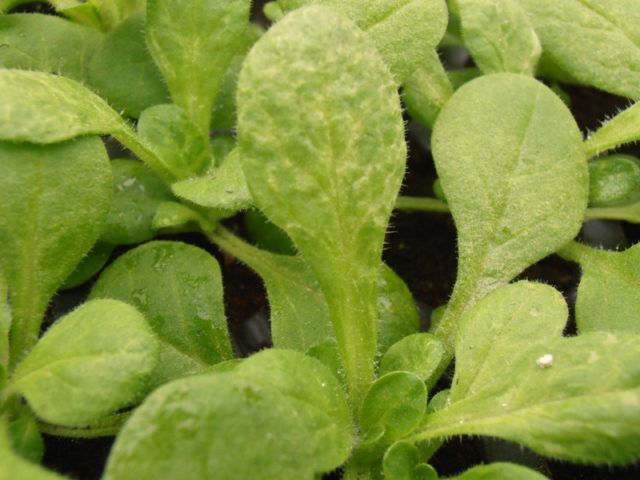
Do not spray petunia with water, the plant does not tolerate moisture on the leaves and stems
Aphid
Aphids settle on young plants, feeding on their juices. Insects are located on the tops of shoots and leaves. A light transparent sticky coating is found on their surface. This is insect discharge. Gradually, the affected leaves curl, deform and die off.

Aphids on petunia seedlings need to be treated with insecticides
What to do if petunia leaves curl
After finding out the reasons, measures are taken to normalize the growing conditions for seedlings.
The lack of sunlight is compensated by artificial lighting. Purchase phytolamps or use ordinary fluorescent lamps. They are placed at a distance of 60-80 cm from the seedlings.
Do not place lamps too close to plants. This can lead to overheating of the seedlings.
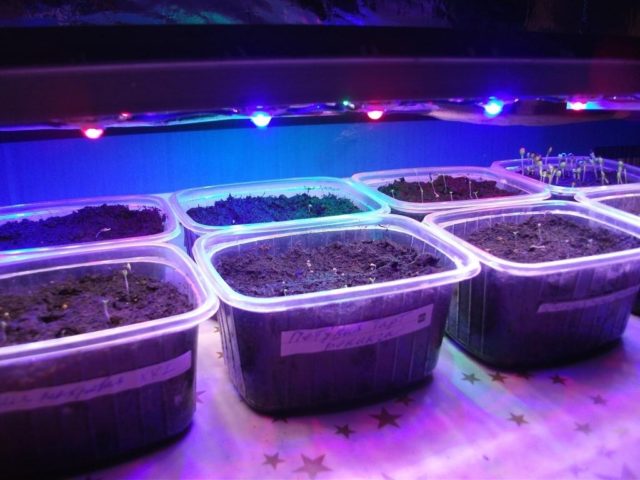
To prevent curling of petunia leaves, it is necessary to install artificial lighting by mid-March
You can increase the humidity in the room in the following ways:
- put a humidifier in the room;
- reduce the temperature of heating devices;
- place water in open containers next to the seedlings;
- hang a plastic wrap curtain between the battery and the seedlings, moisten it regularly;
- pour pebbles into the pallet and make sure that it is constantly wet;
- hang a wet sheet on the heaters.
If the curling of the seedling leaves is due to an excess of nitrogen and a lack of trace elements, they try to correct the composition of the soil by introducing the missing components. Every 10 days the plants are fed with monofertilizers or complex mineral compositions without nitrogen.
If signs of viral diseases are found, the plant cannot be treated. In order not to infect the rest of the seedlings, it is dug up and thrown away as quickly as possible. The earth is disinfected with a solution of potassium permanganate.
When aphids appear, the seedlings are sprayed with solutions of insecticides - "Intavir", "Fufanon", "Iskra", "Aktara". If there are a lot of insects, the treatment is performed 2-3 times after 10 days.
If there are children or pets in the family, chemicals are stored and used in compliance with the necessary safety measures.

Watering petunia seedlings is necessary when the top layer of the substrate dries up
Prophylaxis
Preventive measures begin at the stage of preparing the soil for seedlings and seed material.
For the soil, a mixture is prepared from garden soil, adding peat and sand to it. Fresh manure is not used. It contains a lot of nitrogen. You can add perlite or vermiculite and mustard cake. This will make the earth looser and more moisture-permeable.
To remove viruses and fungal spores, the soil is steamed in the oven or spilled with boiling water.
Before sowing, the seeds are etched in a solution of potassium permanganate, "Fitosporin" or the drug "Maxim".
A drainage layer is placed at the bottom of the seedling container, and only after it is soil poured. This prevents the seedlings from becoming waterlogged.
Seedling boxes are placed on the lightest window. After the seeds sprout, they try to provide artificial additional lighting.
They also monitor the humidity of the air, taking timely measures to increase it. Observe the regime of watering seedlings.Provide timely plant nutrition with complex fertilizers containing the necessary trace elements.
Conclusion
Having discovered that the leaves of petunia seedlings are curling, experienced flower growers find out the cause and take urgent measures to eliminate it. Correct agricultural technology and timely prevention of diseases are the key to strong healthy seedlings and future lush flowering.






